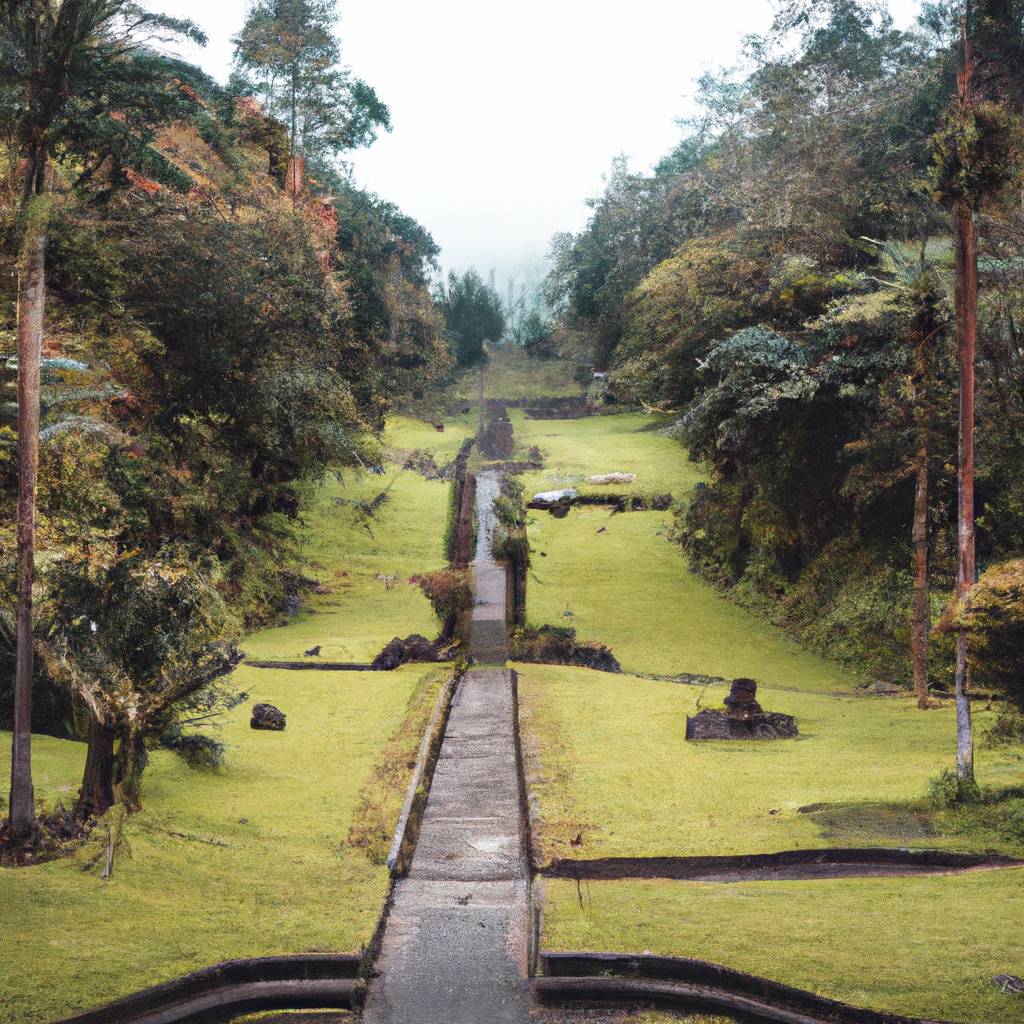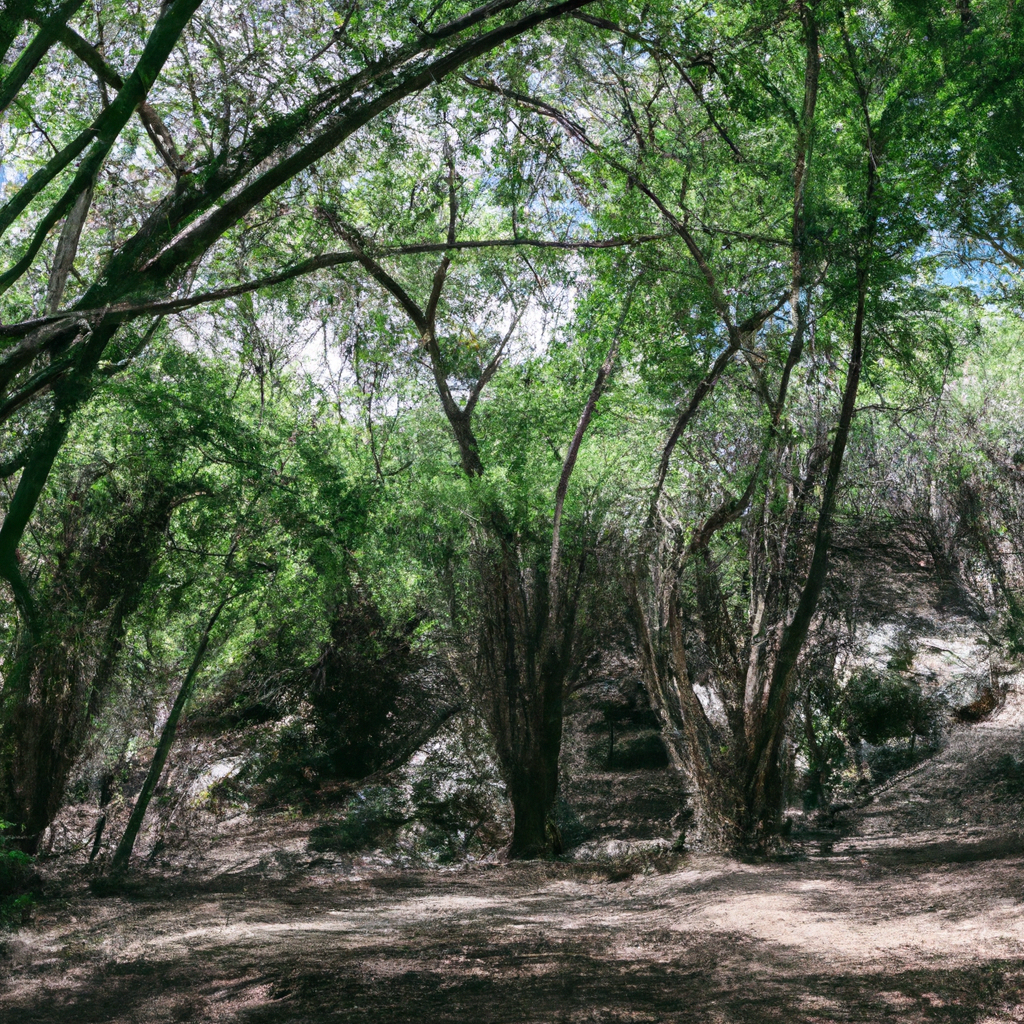Guayabo National Monument - Cartago In Costa-Rica: Overview,Prominent Features,History,Interesting facts
Overview:
: Guayabo National Monument in Cartago, Costa Rica is one of the most important archaeological sites in the country. It was established in 1973 and declared a UNESCO World Heritage Site in 2009. It is most noted for its stone constructions, petroglyphs, and artifacts. The monument is located about 55 km east of San José in the Turrialba valley. It comprises an ancient settlement with built structures which date back to the Pre-Columbian period in which the indigenous populations inhabited this area. These constructions were built by the people of the Aguas Buenas culture, which flourished from 300 to 1500 BCE. The site contains evidence of the development of a complex society and is an important legacy of the ancient cultures that lived in the region. The site has been extensively studied by archaeologists in recent years, resulting in the discovery of more than 600 structures and numerous artifacts. It is believed that the site may have been a ceremonial center due to its impressive architecture and the abundance of artifacts related to astronomy. Visiting the monument is an enriching and fascinating experience that offers visitors the opportunity to learn more about Costa Rica's past inhabitants and their way of life. You can learn history, culture, and heritage through these magnificent monuments in Costa-Rica
Prominent Features:
1. Ancient Ruins: The archaeological site of Guayabo National Monument includes a series of ruins, paths, petroglyphs, and sculptures that date back to at least 800 years old. 2. Plazas: There are two main plazas located within the ruins of Guayabo. Each of these plazas is believed to have been structures used for political, economic, and religious activities centuries ago. 3. Aqueducts: Ancient aqueducts are present at the site of Guayabo, which were used to provide water for the city site as well as its inhabitants and surrounding areas. 4. Petroglyphs: Many petroglyphs, or ancient rock carvings, are visible at the site. These carvings are thought to have represented an ancient form of communication among different groups and communities in the region. 5. Stone Monument: One of the most iconic features of Guayabo is the Stone Monument, which consists of a collection of carved stones that represent the inhabitants of the city. 6. Trails: There are extensive trails throughout the monument that allow visitors to explore the various ruins and sites within the area. This national monument of Costa-Rica portrays the history and culture of the country.
History:
Guayabo National Monument is a pre-Columbian archaeological site located in Cartago, Costa Rica. It has been identified as the largest archaeological site in Costa Rica, and it is recognized as the "most significant pre-Columbian archaeological site in Costa Rica". The site is considered an important symbol of national identity for Costa Ricans, and it is listed as a UNESCO World Heritage Site. The site dates back to around 2000 BC and was once part of a large and powerful community that occupied the region. The site displays evidence of a variety of cultural influences, including Olmec, Chibchan, and Oto-Manguean. Artifacts from this period include a ball court, pyramids, burial sites, aqueducts, and reservoirs. The monument was discovered in the early 1900s but was not declared a National Monument until 1973. Ever since then, the site has been extensively studied and excavated to uncover the history and culture of the pre-Columbian society that once existed at the site. In 2016, the site was listed as a UNESCO World Heritage Site for its cultural and historic importance. Efforts to protect and preserve the site have been ongoing, and in 2019 the Guayabo Cultural Learning Center was established to educate visitors about the history and culture of the area. The Learning Center serves as a bridge between the archaeological site and the local community and acts as a reference for future generations of Costa Ricans. Revenues from admission fees to the site are used to fund conservation efforts and educational endeavors. Additionally, the site is now open to the general public for hiking, bird watching, and other activities. Guayabo National Monument is a testament to the historical and cultural roots of Costa Rica. Its continued impact and importance to the country and its citizens are sure to last for generations to come. You must visit one of these historical places in Costa-Rica on your Costa-Rica tour
Interesting facts:
1. It is the largest archaeological site of pre-Columbian life in Costa Rica and is a UNESCO World Heritage Site since 2009. 2. It is thought to have been settled by a group of people who lived very advanced lives for the area’s time period. 3. Archaeological evidence found in the area suggests a strong, complex political system, writing symbols, and a network of roads. 4. There are numerous artifacts including stone foundations, irrigation canals, terraces, and cemeteries that have been discovered at the site. 5. The buildings were large and they are thought to have been used for public gatherings and ceremonies. 6. The mounds at the site are believed to be ancient tombs of importance, possibly for religious ceremonies. 7. The city was abandoned for unknown reasons and remained untouched until the 19th century archaeological excavations. Visit one of the famous monuments of Costa-Rica with your friends and family.
Explore Costa-Rica most popular tourist destination with us. Guayabo National Monument - Cartago In Costa-Rica: Overview,Prominent Features,History,Interesting facts,which is 35.14 km away from Costa-Rica main town, is the most popular destination to add in your travel wishlist.
-
City:
Costa-Rica
-
state:
Cartago
-
country:
Costa-Rica
-
country code:
CR
-
postcode:
60501
Location:
Cartago Costa-Rica











